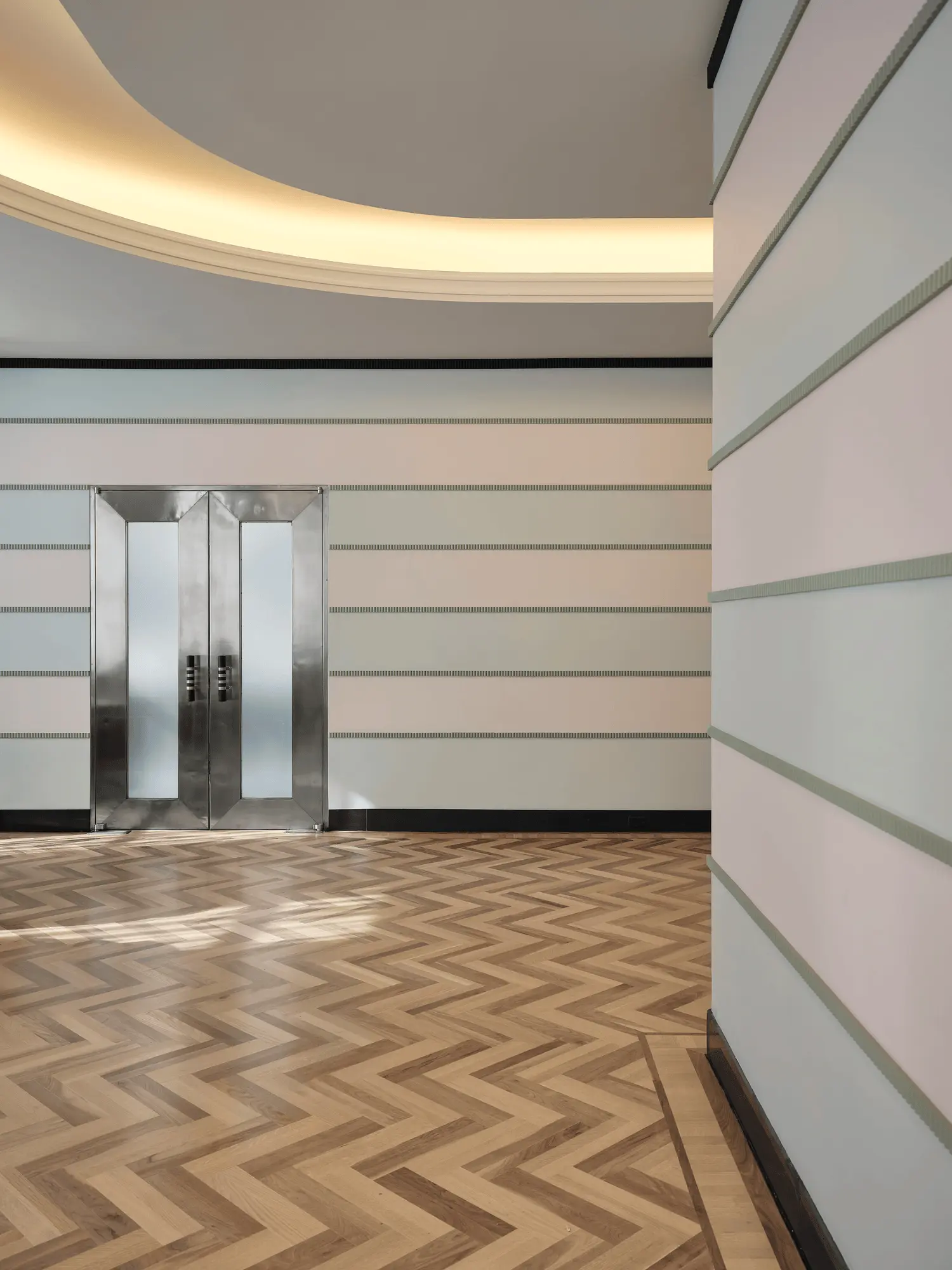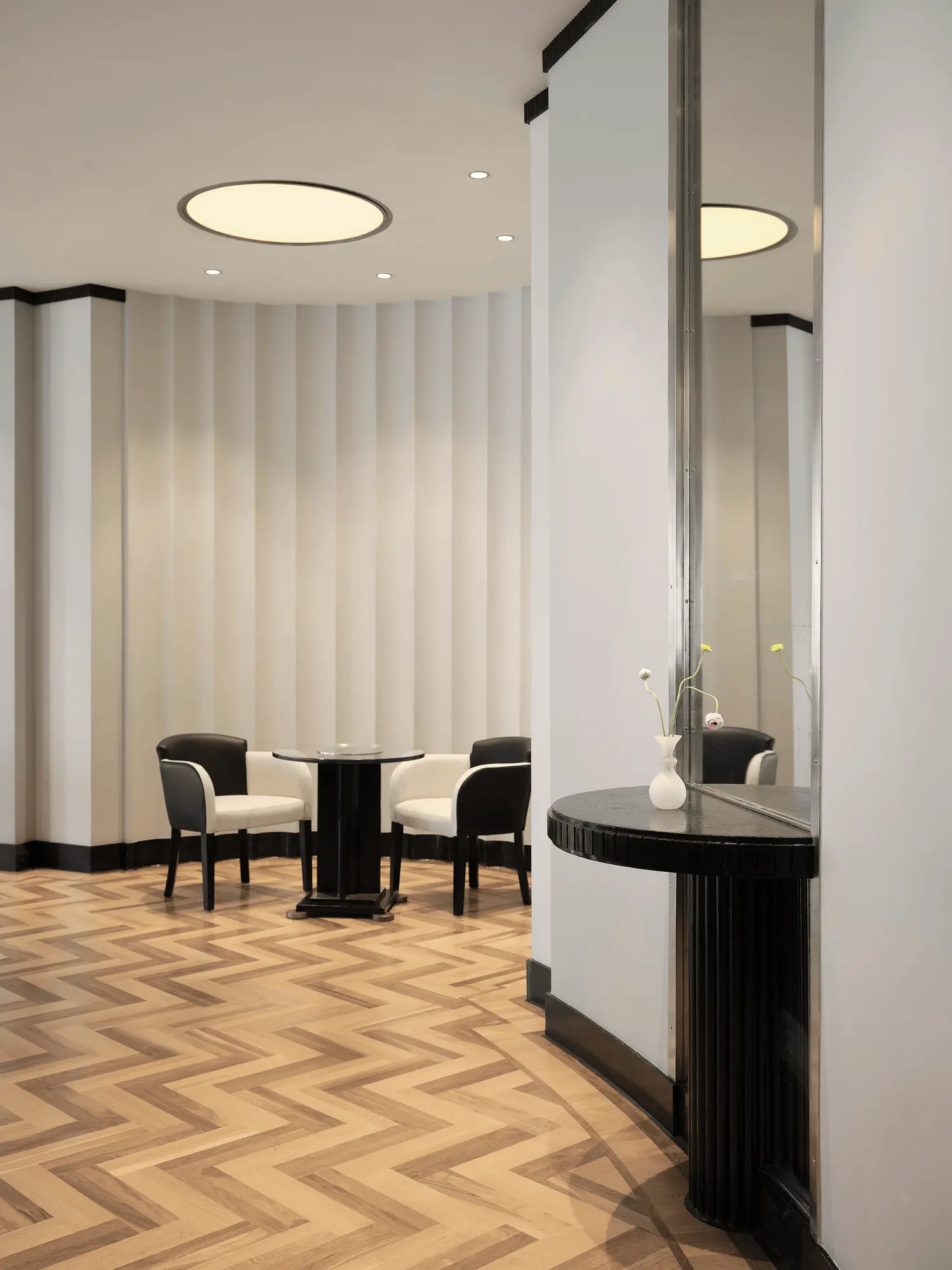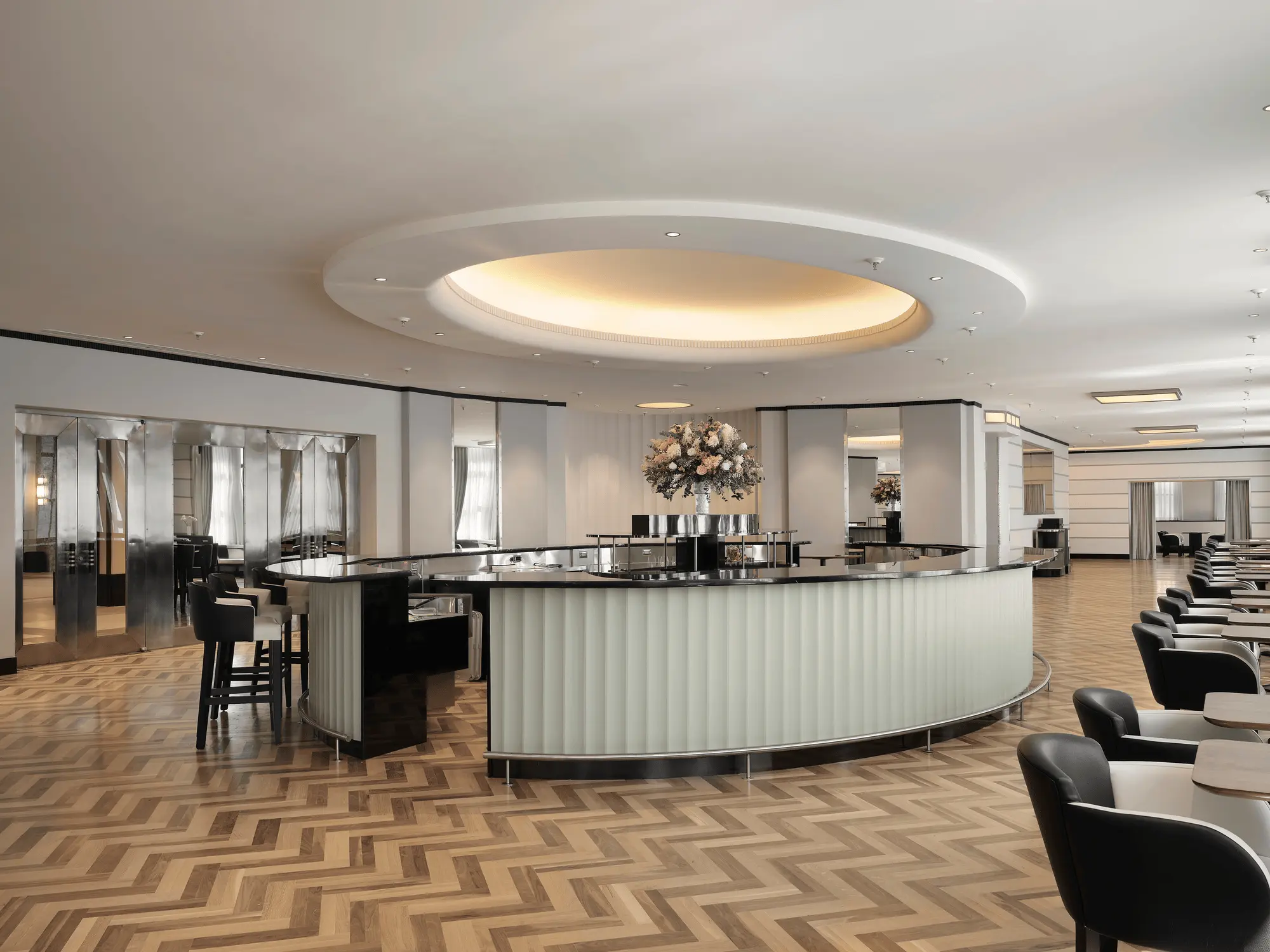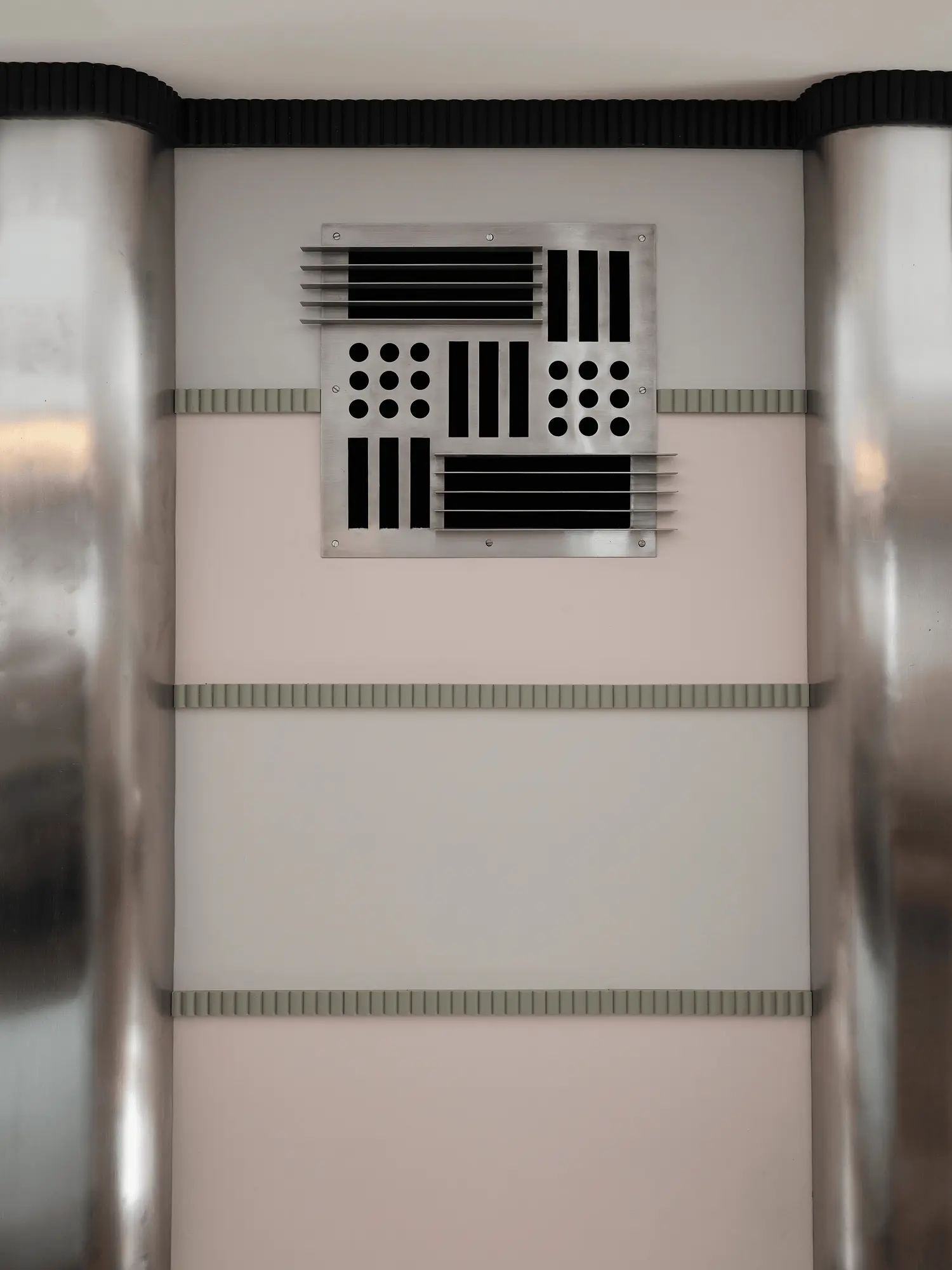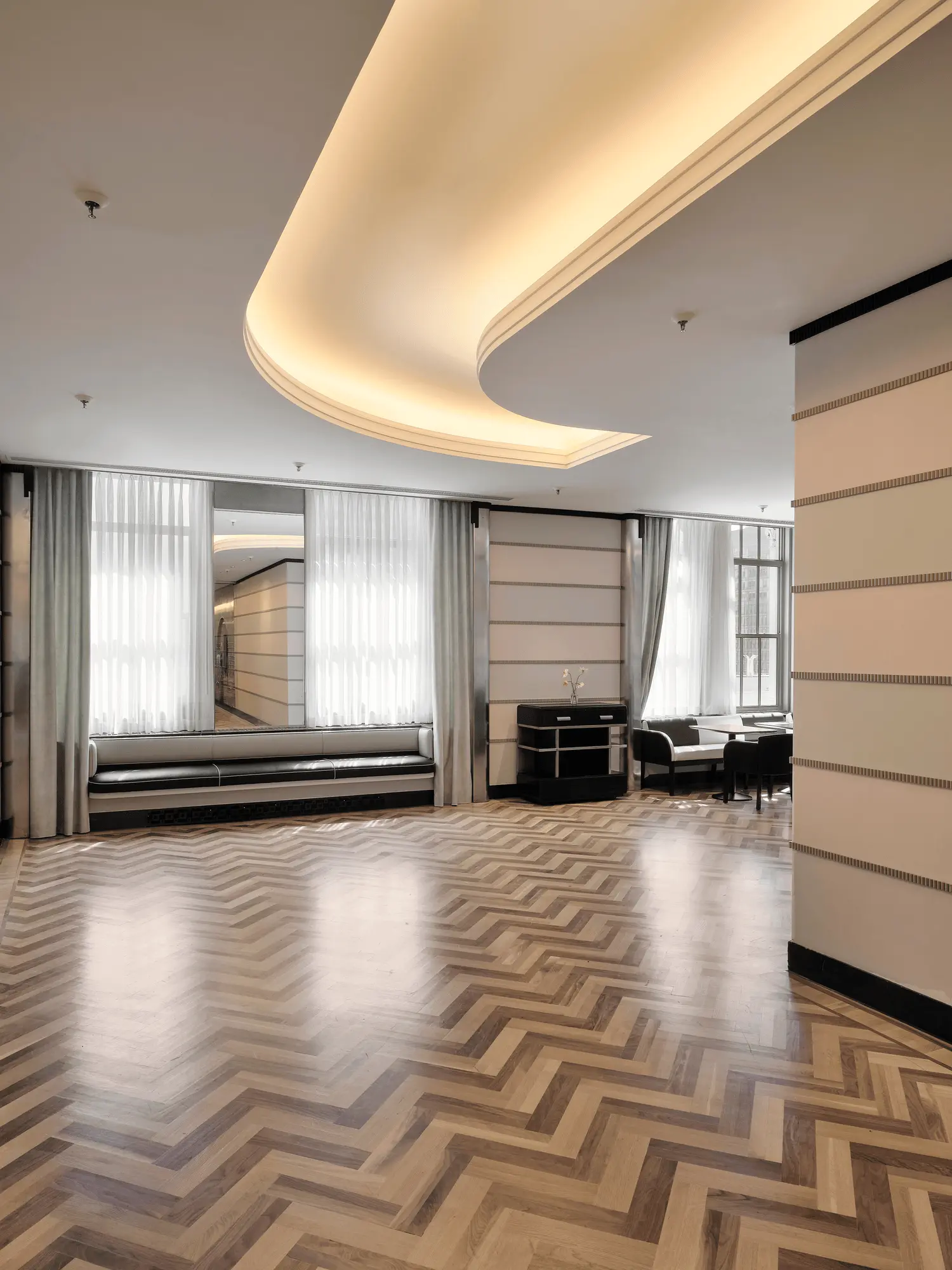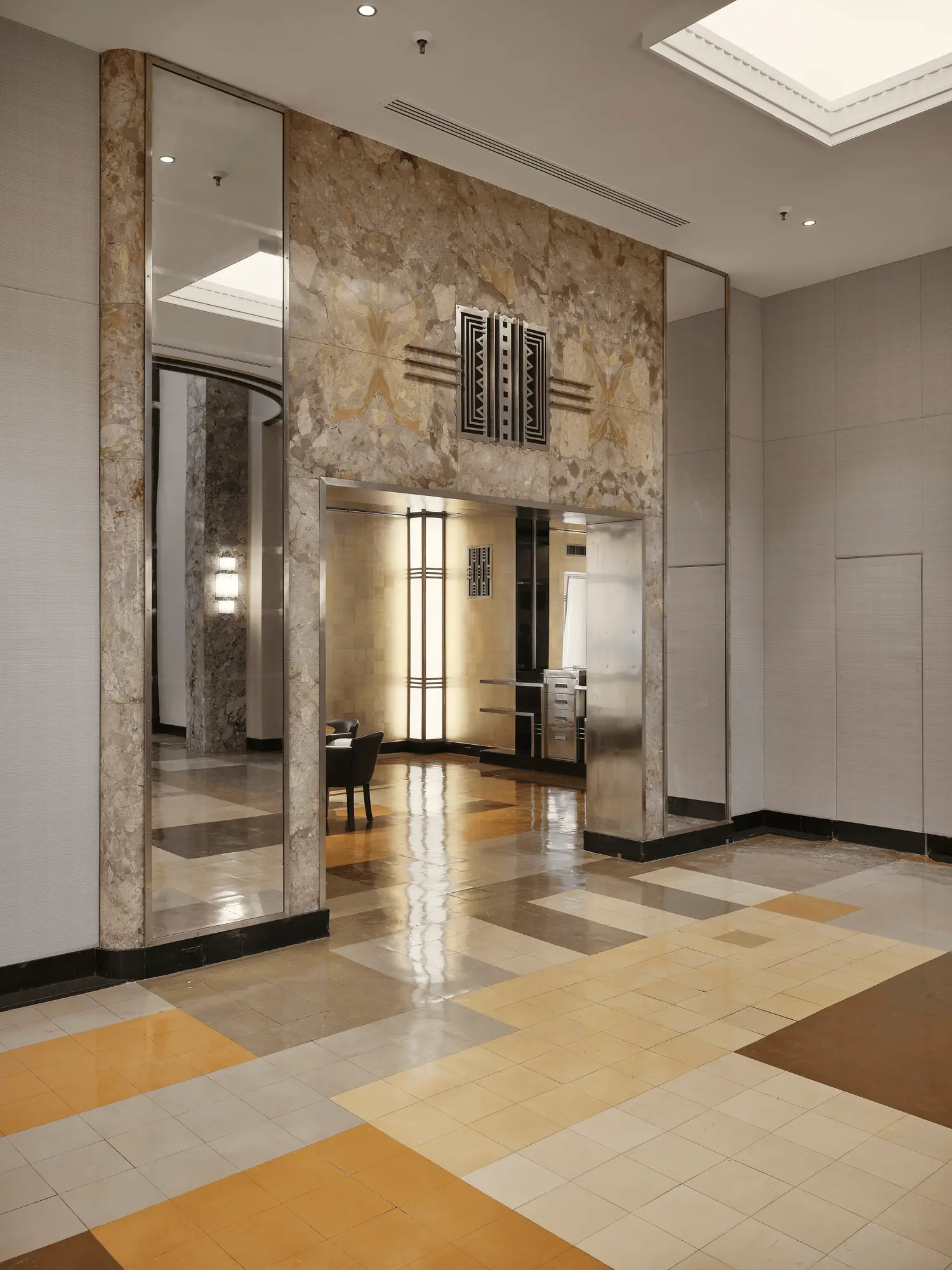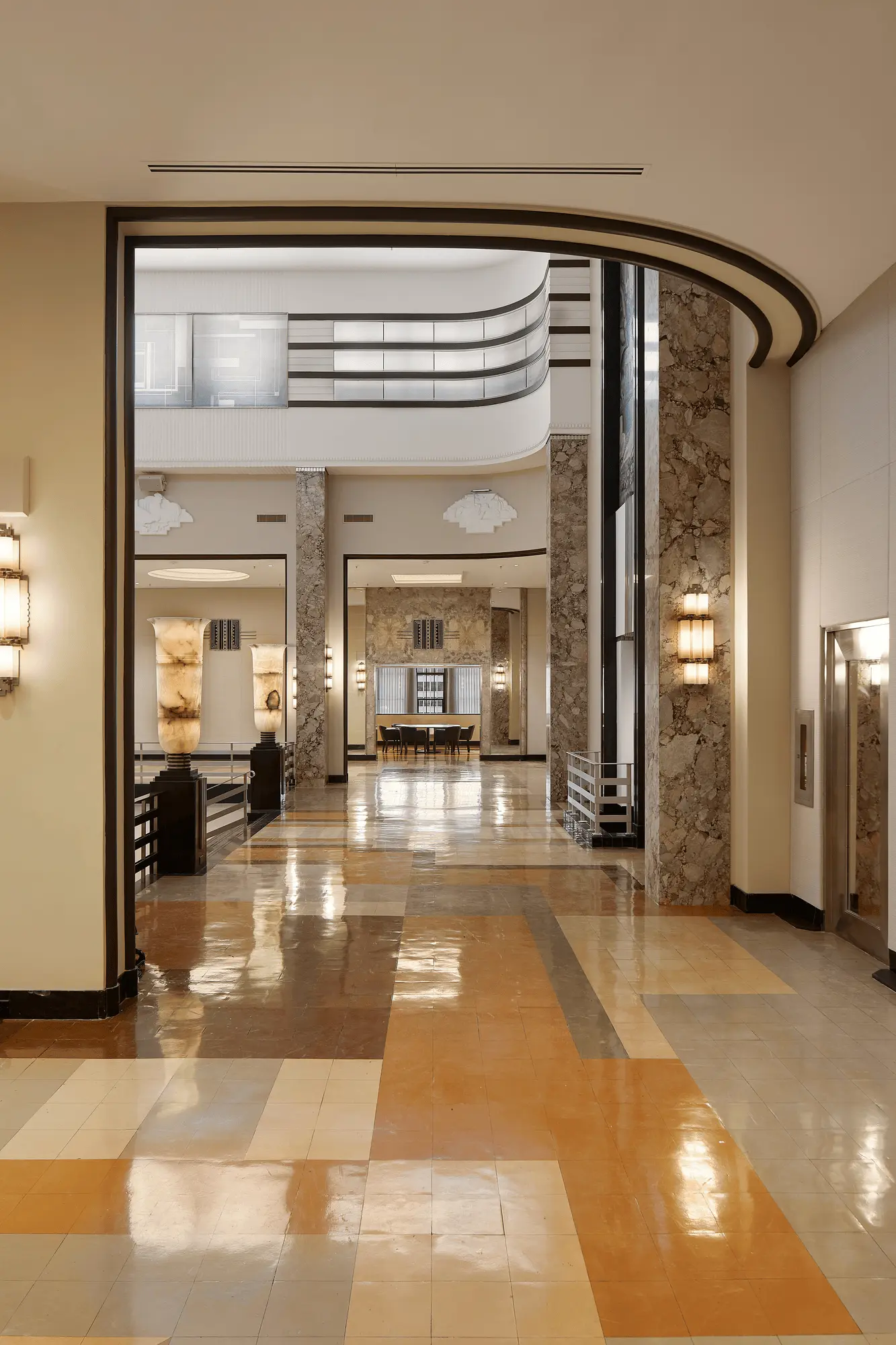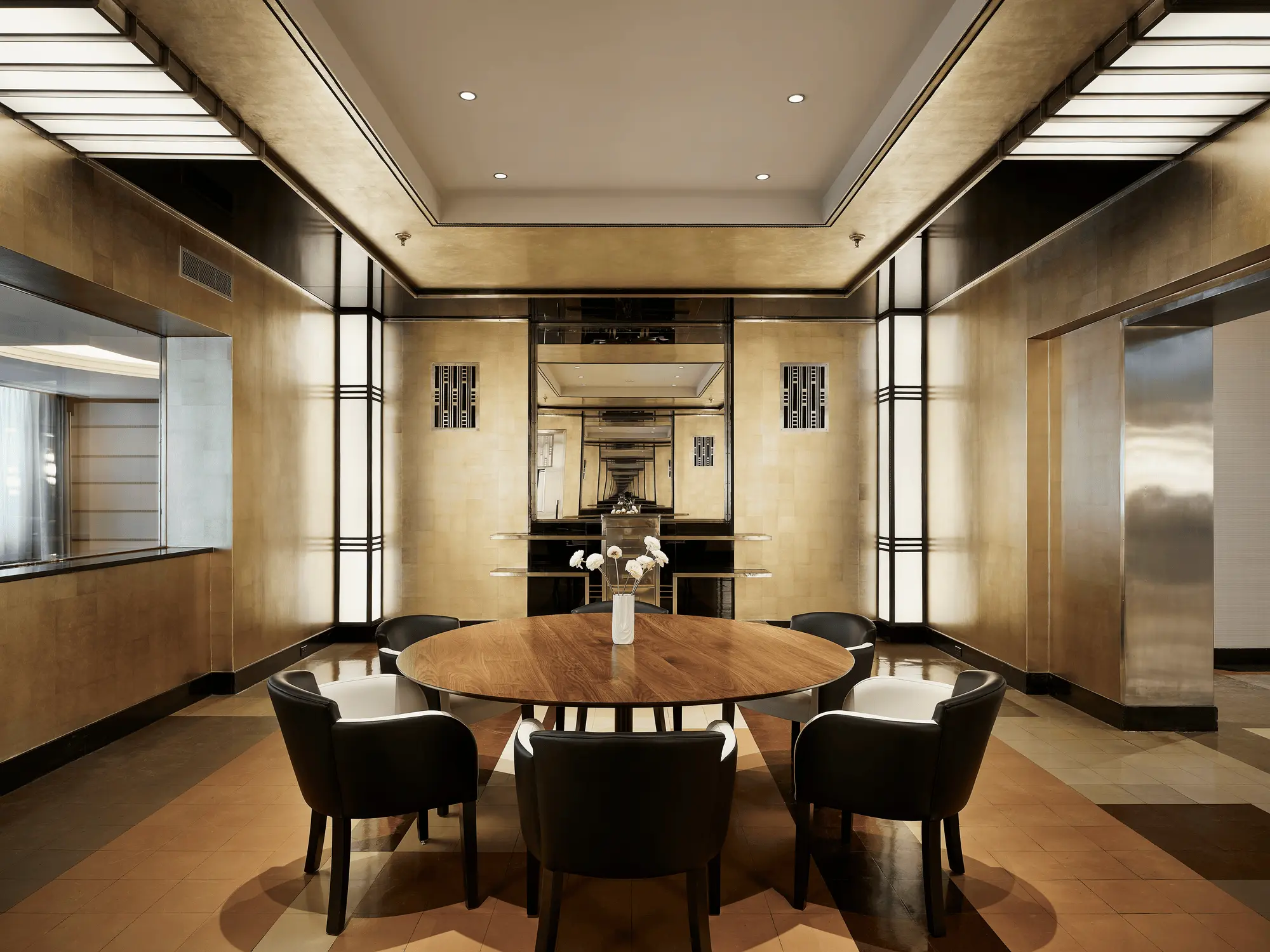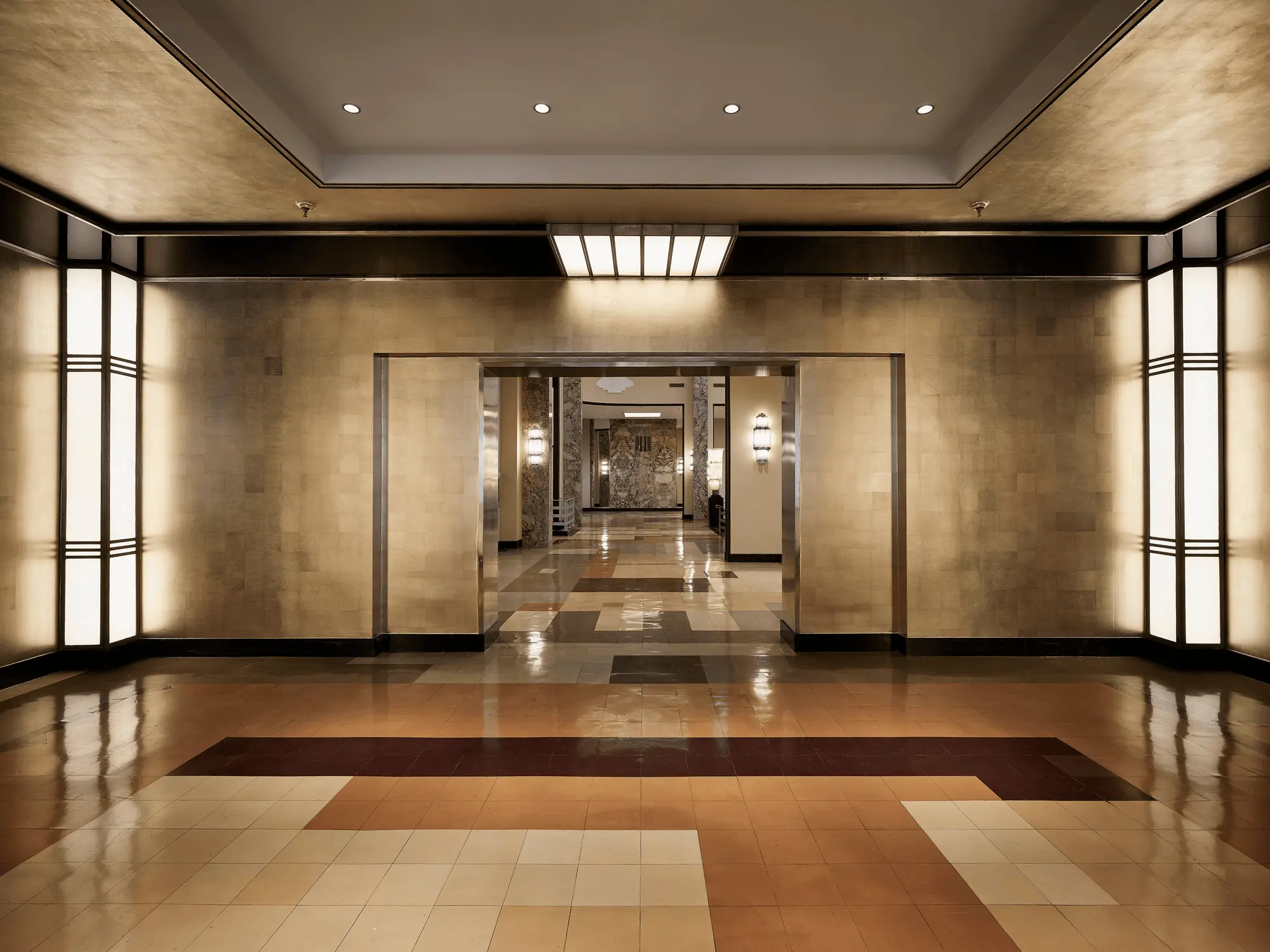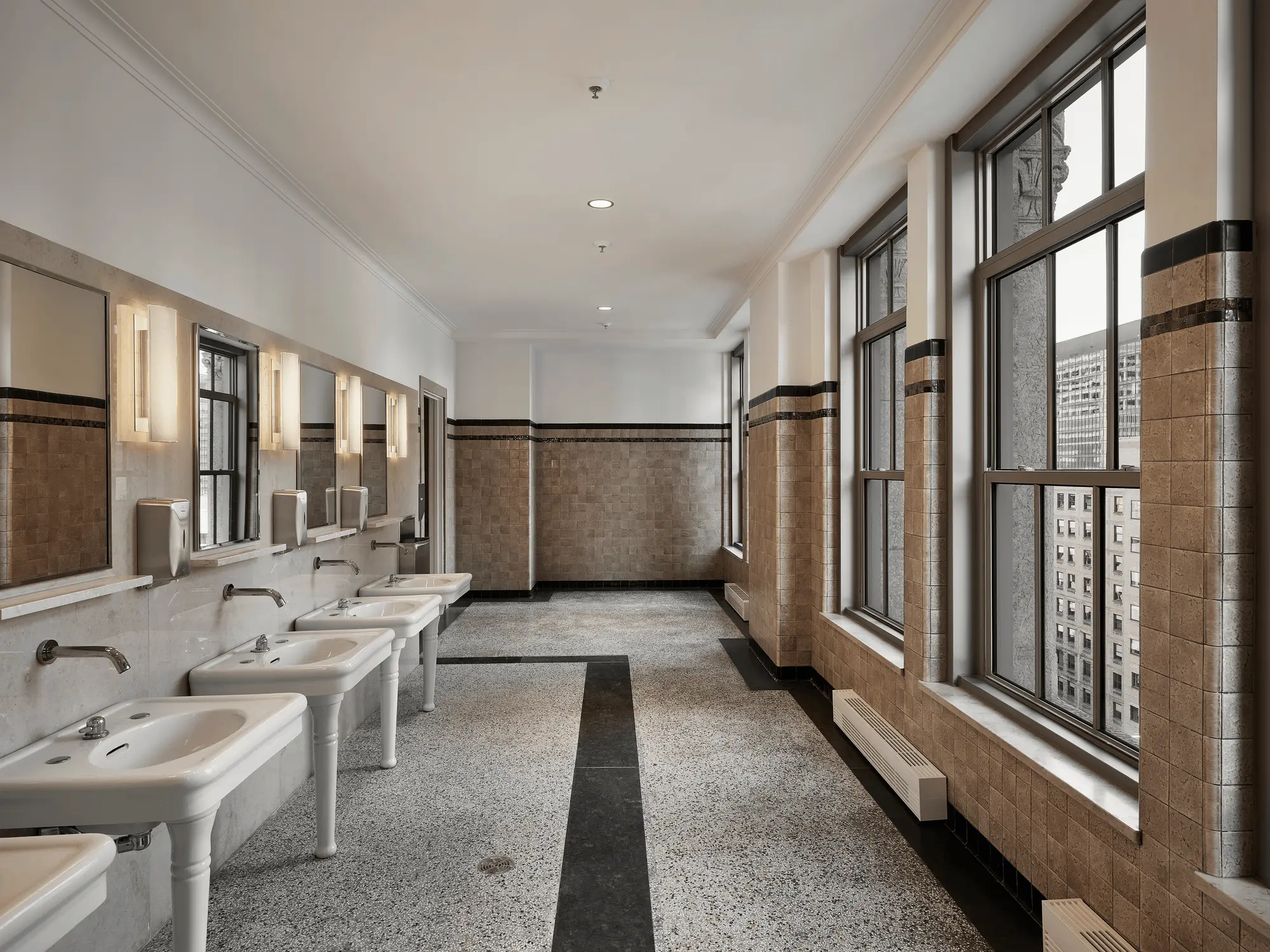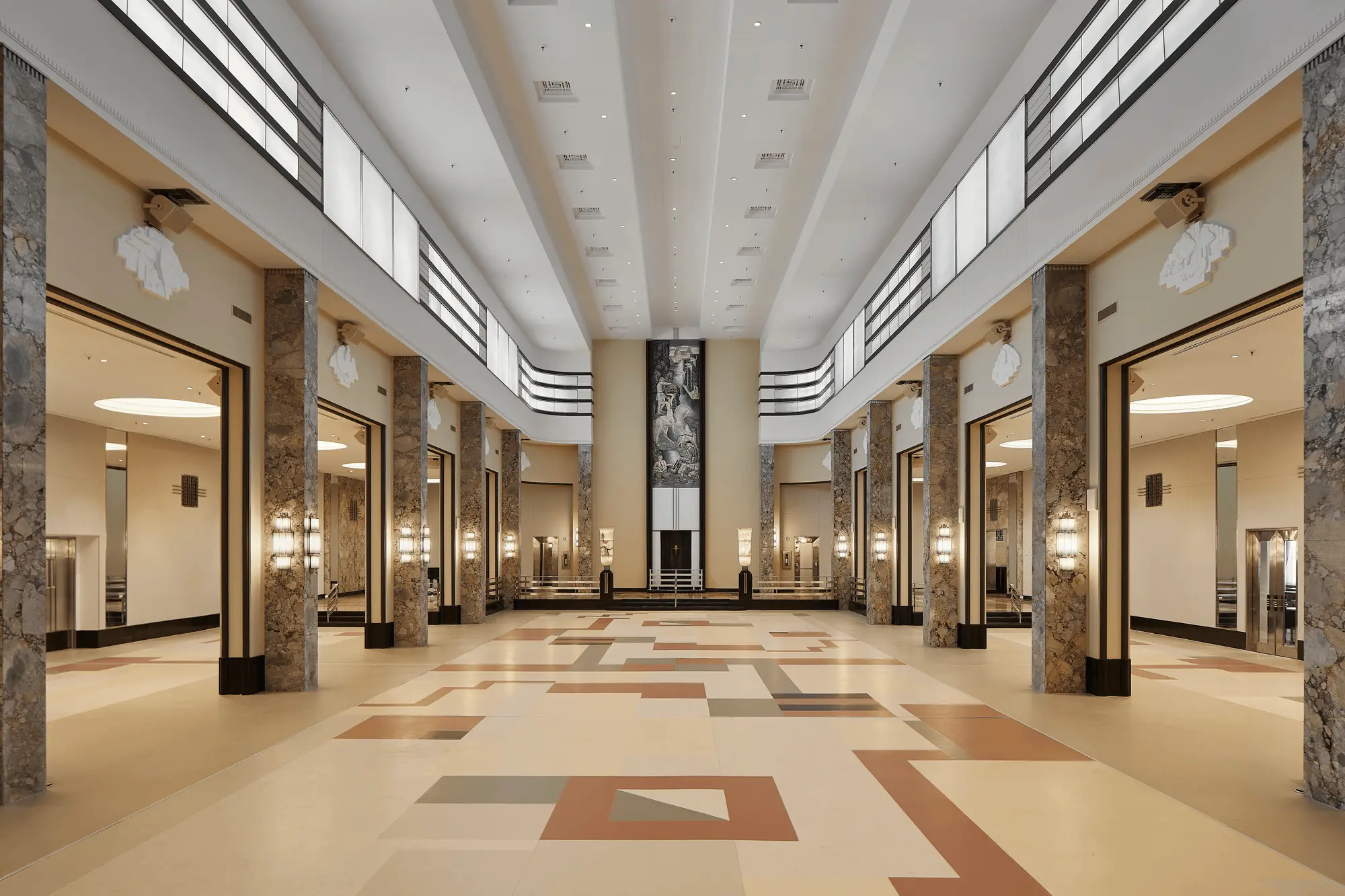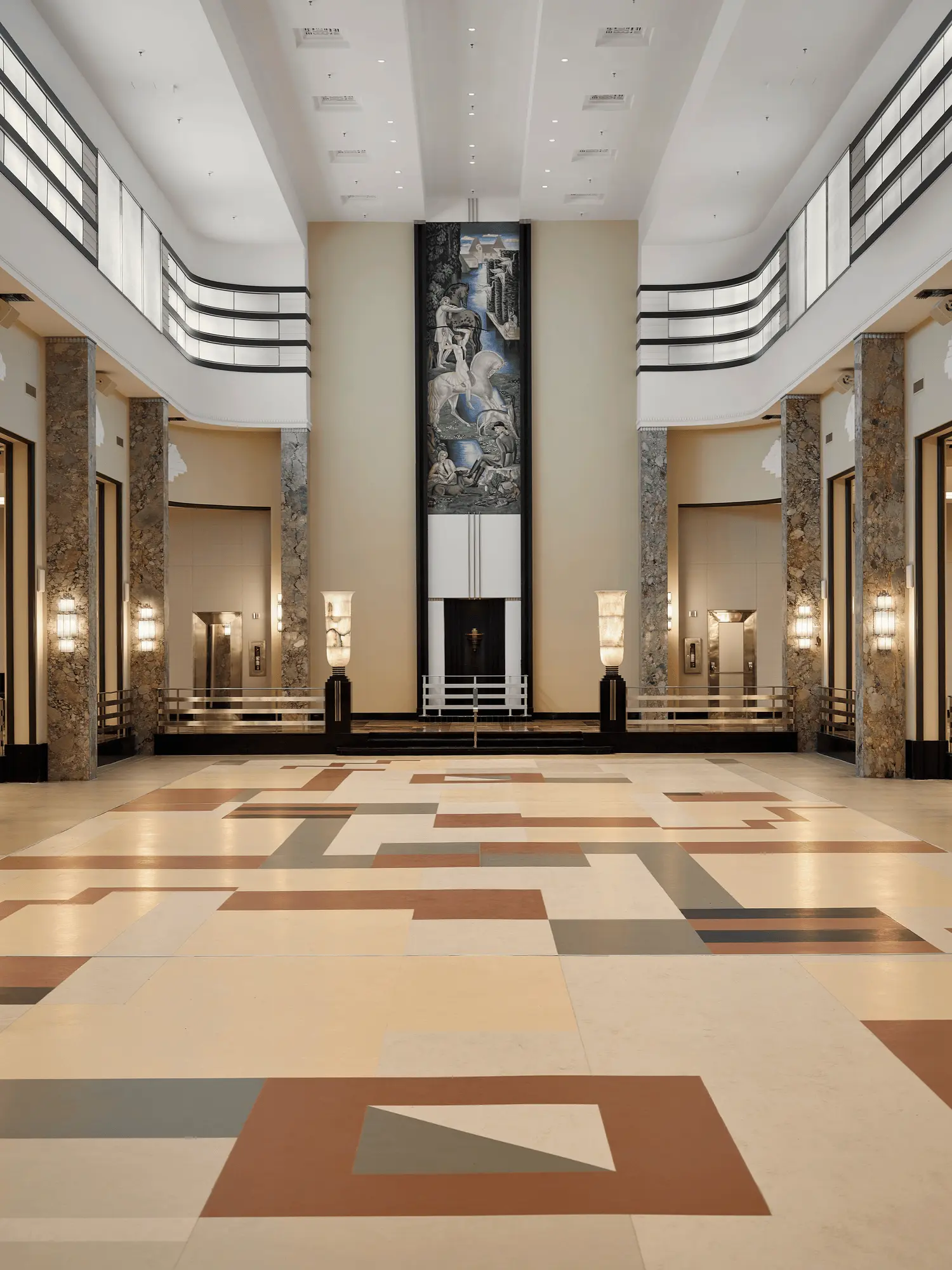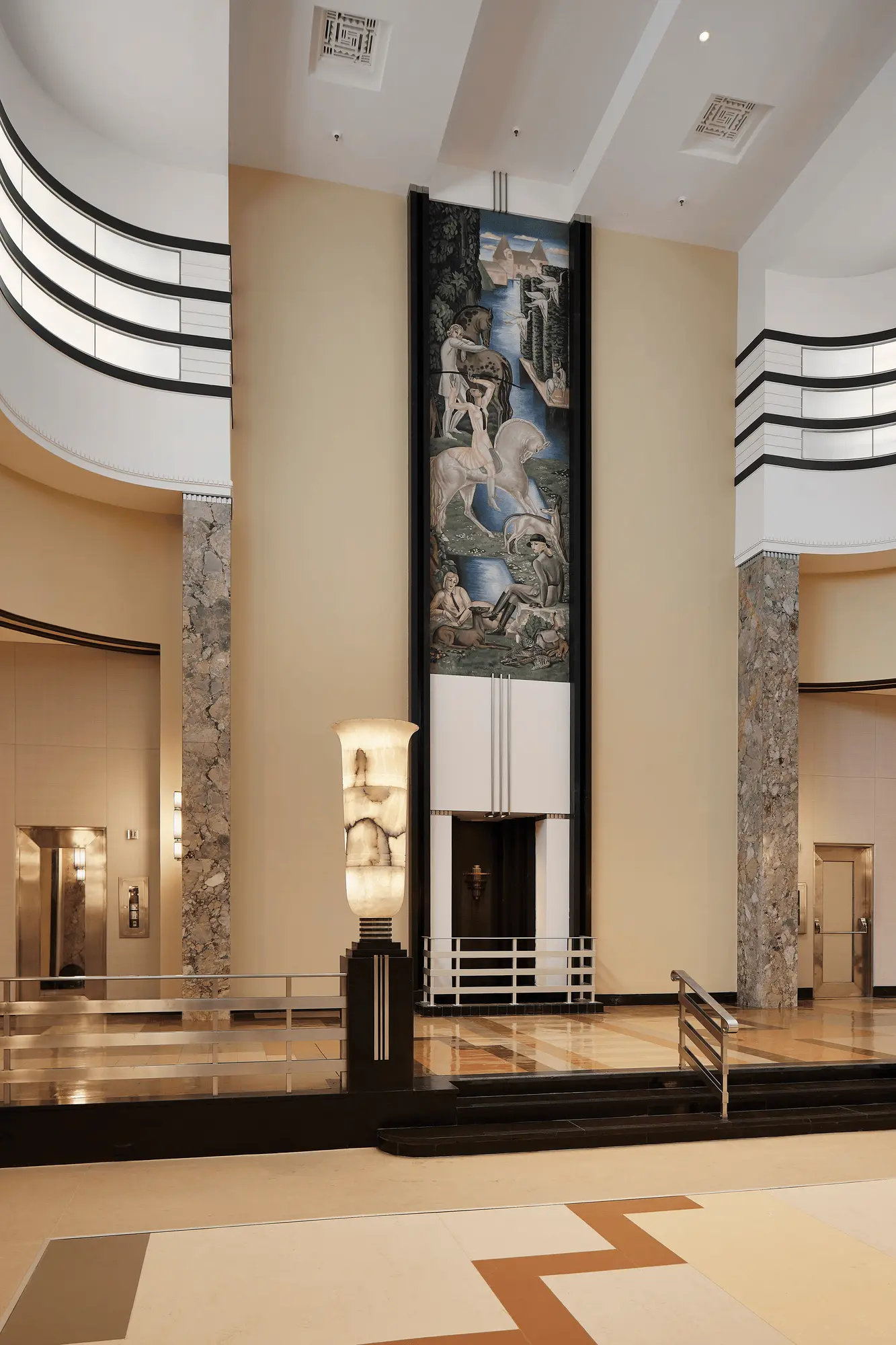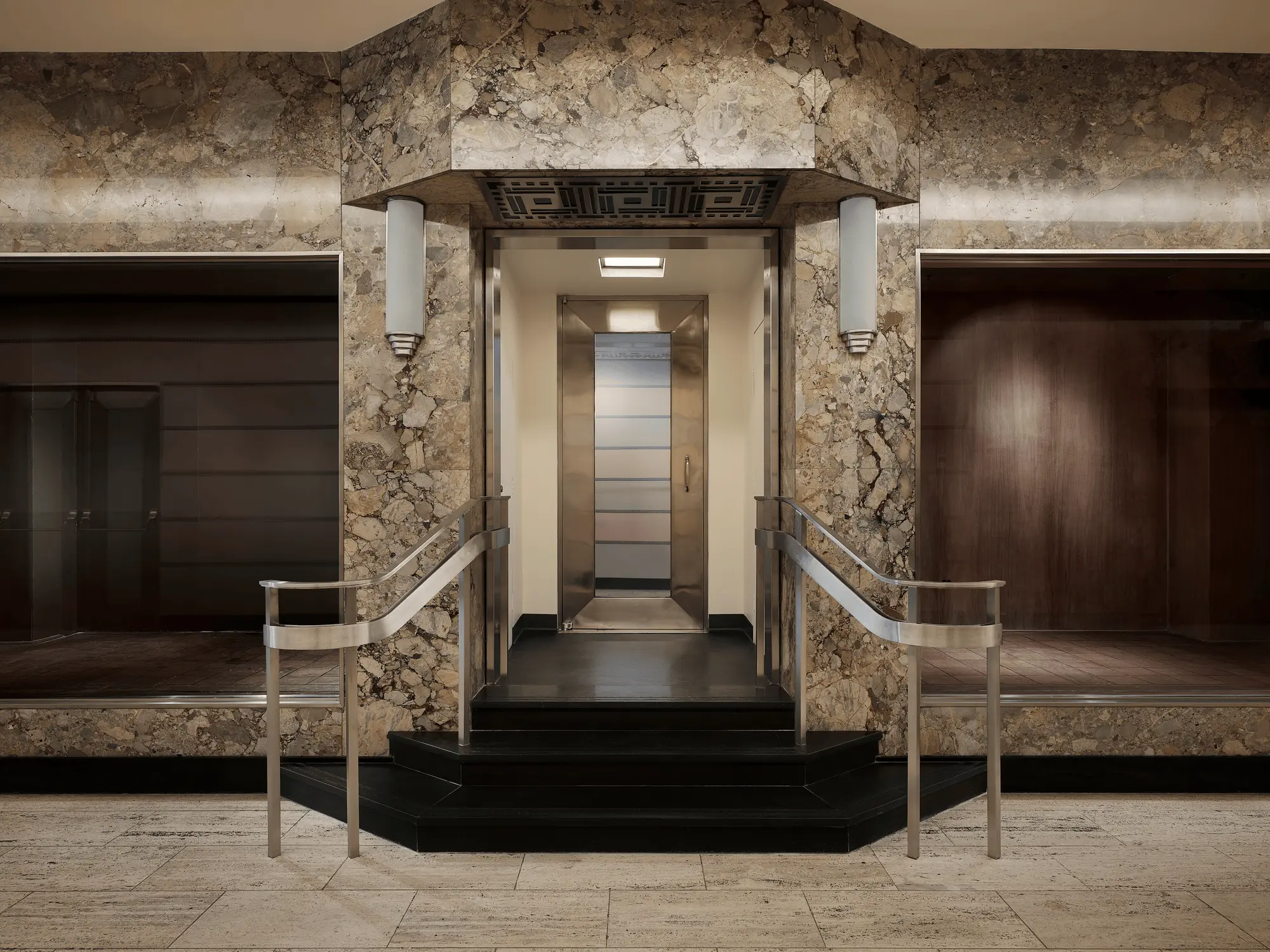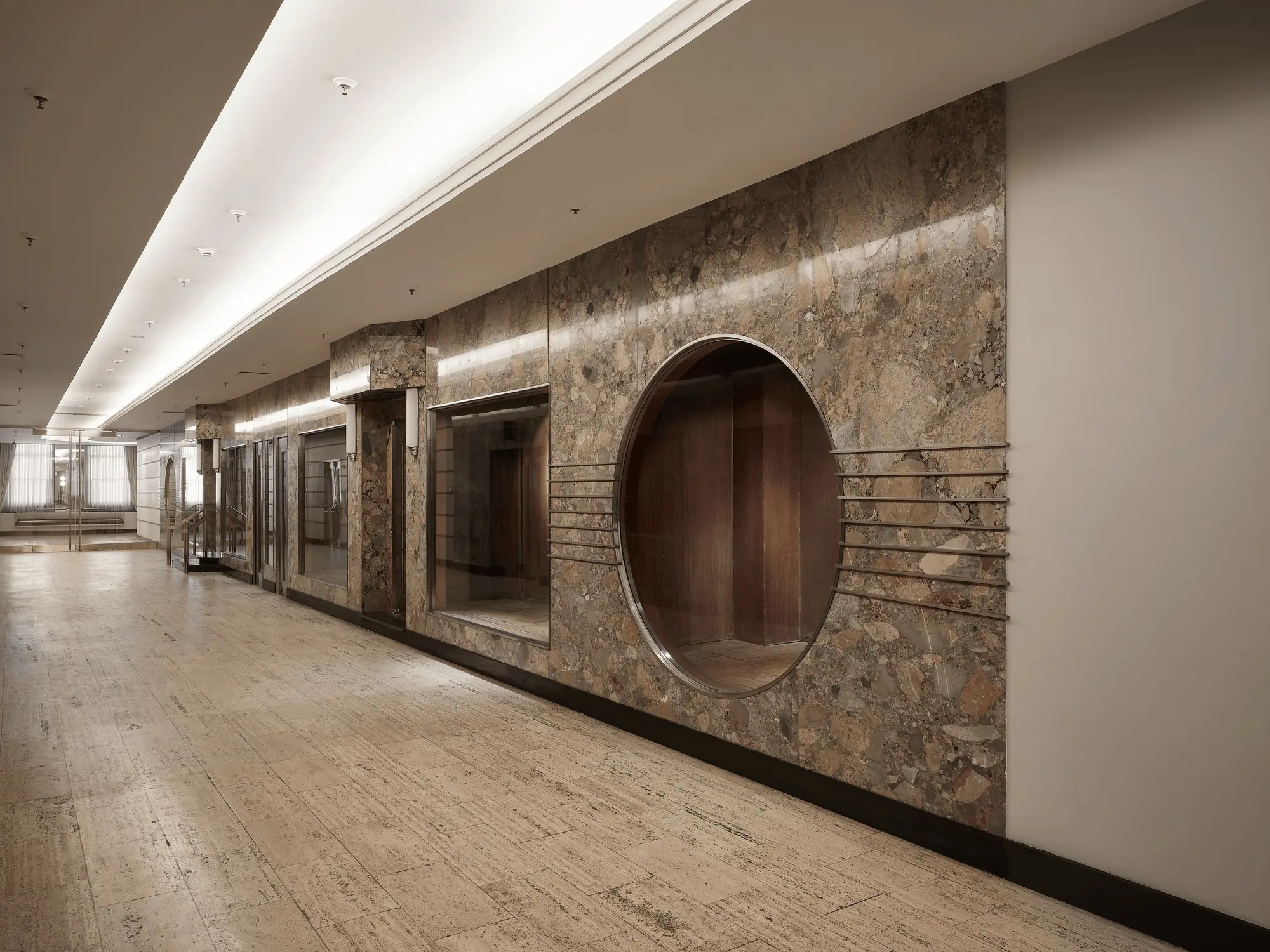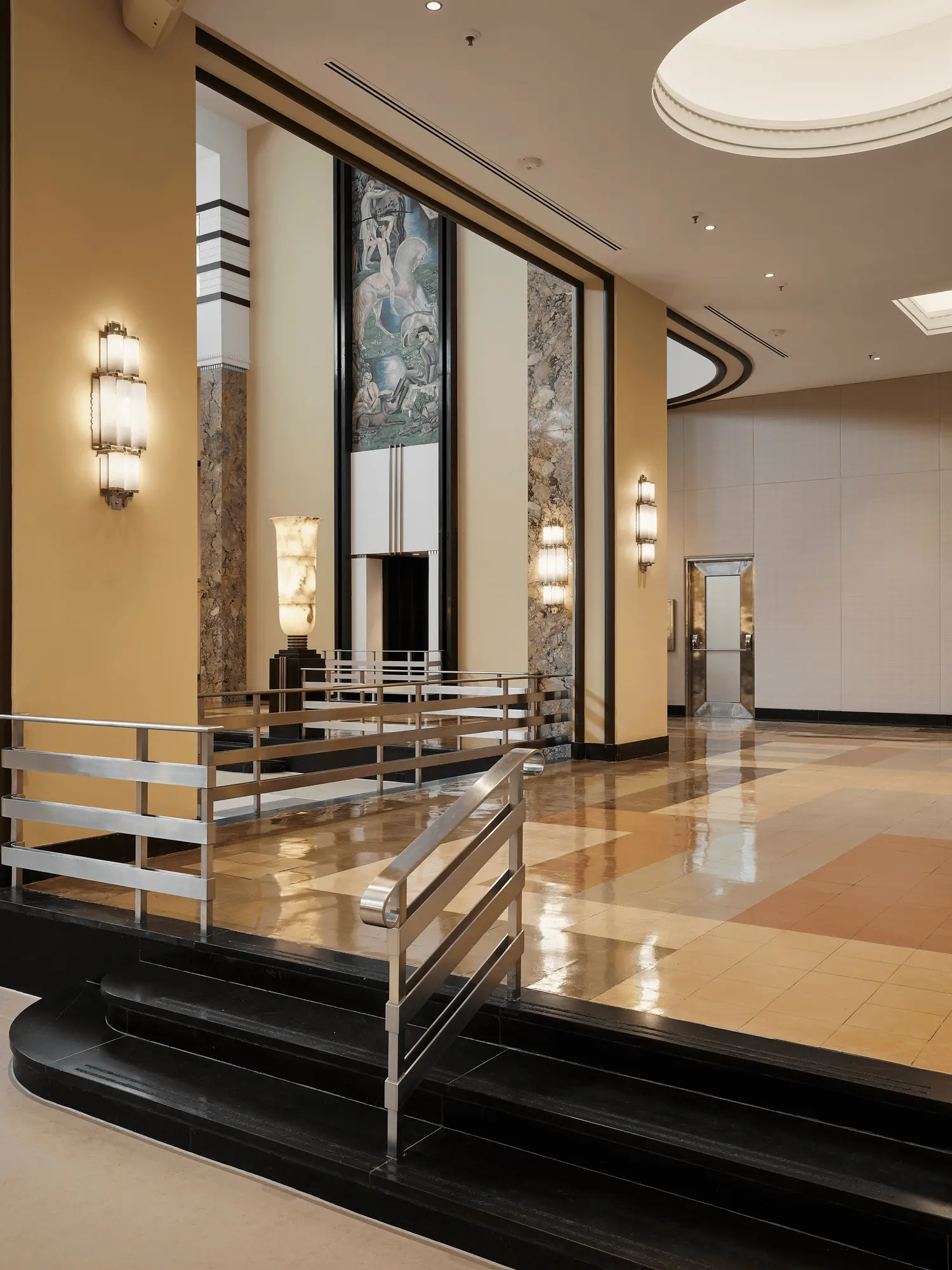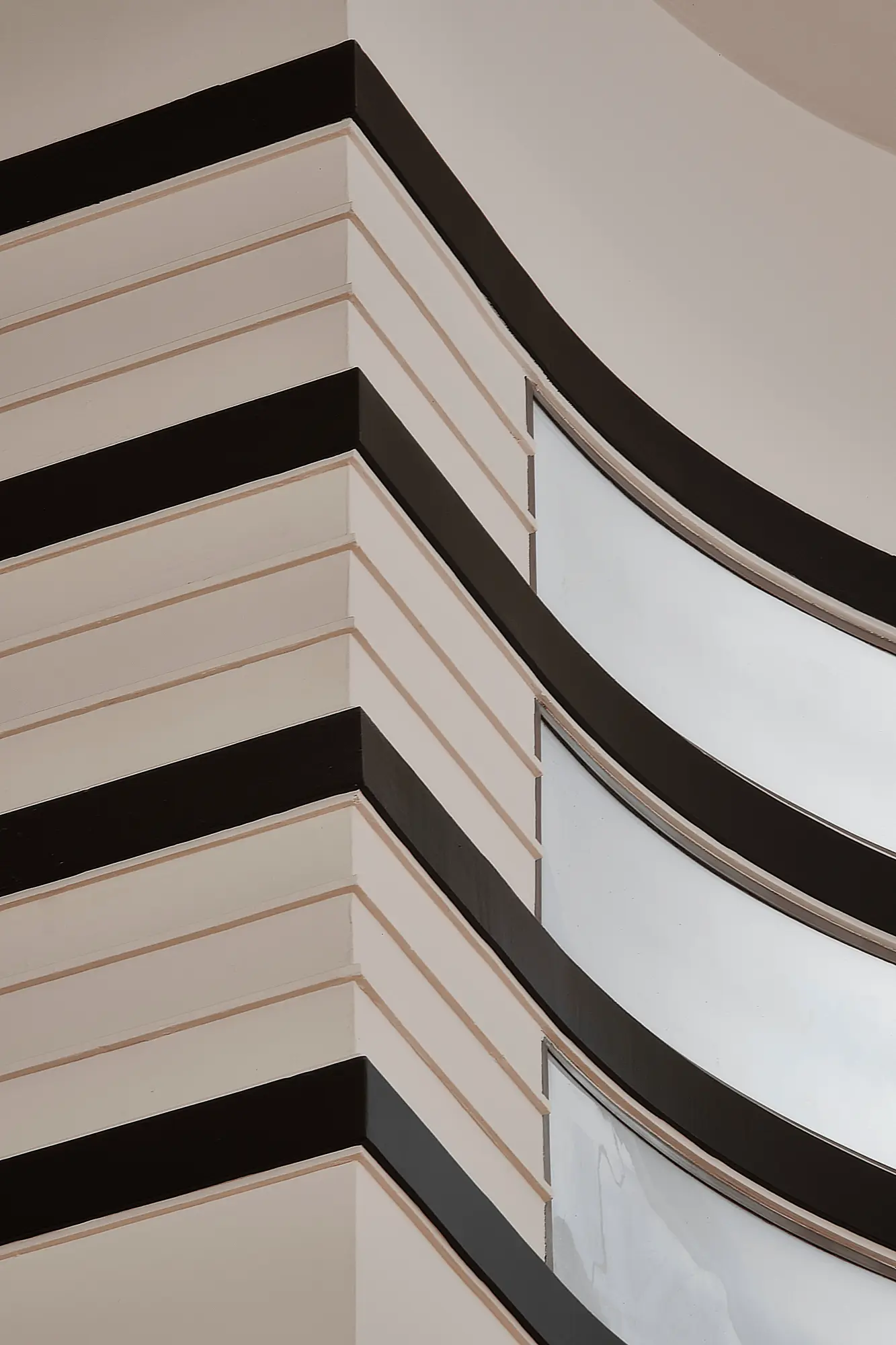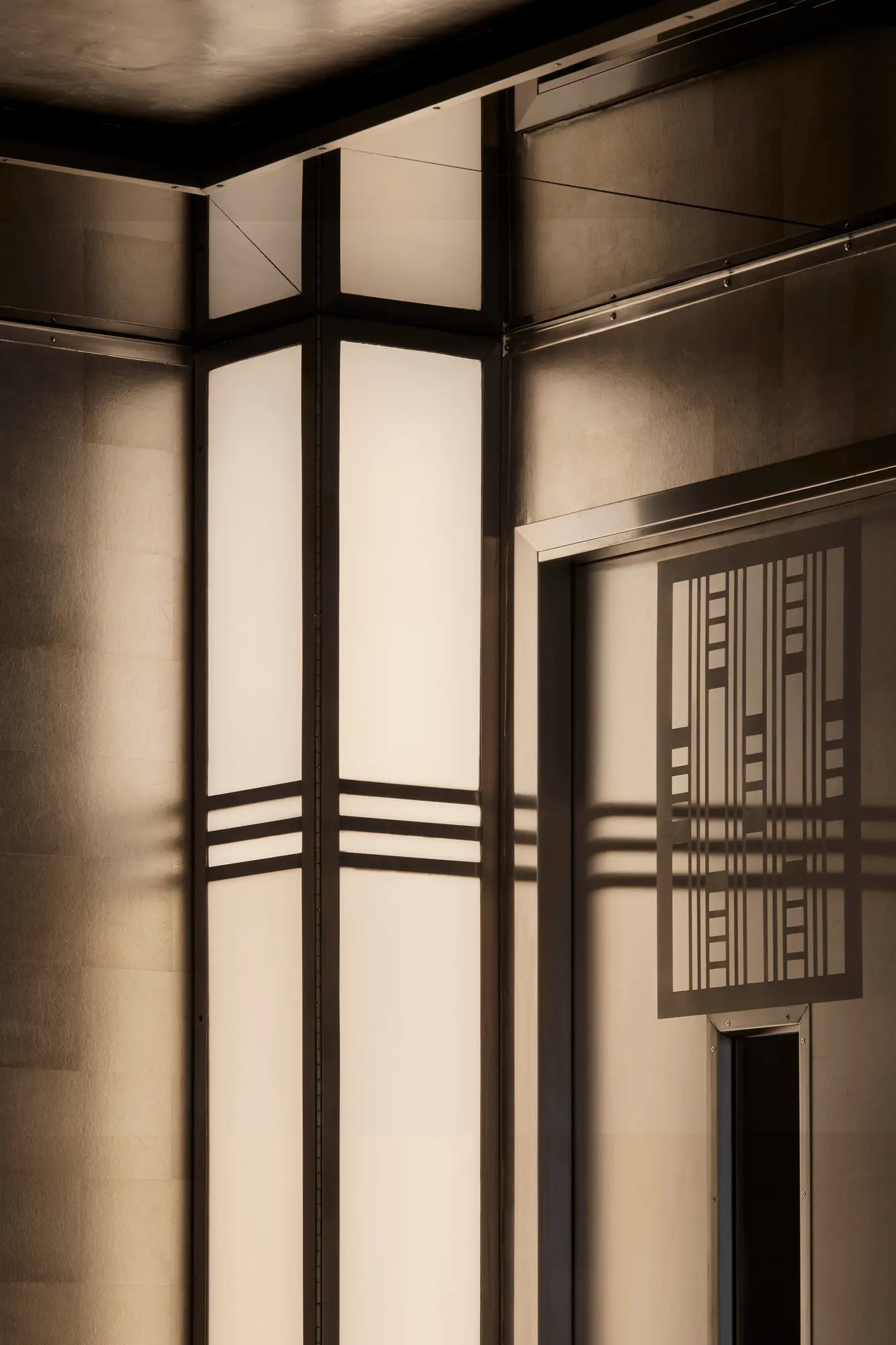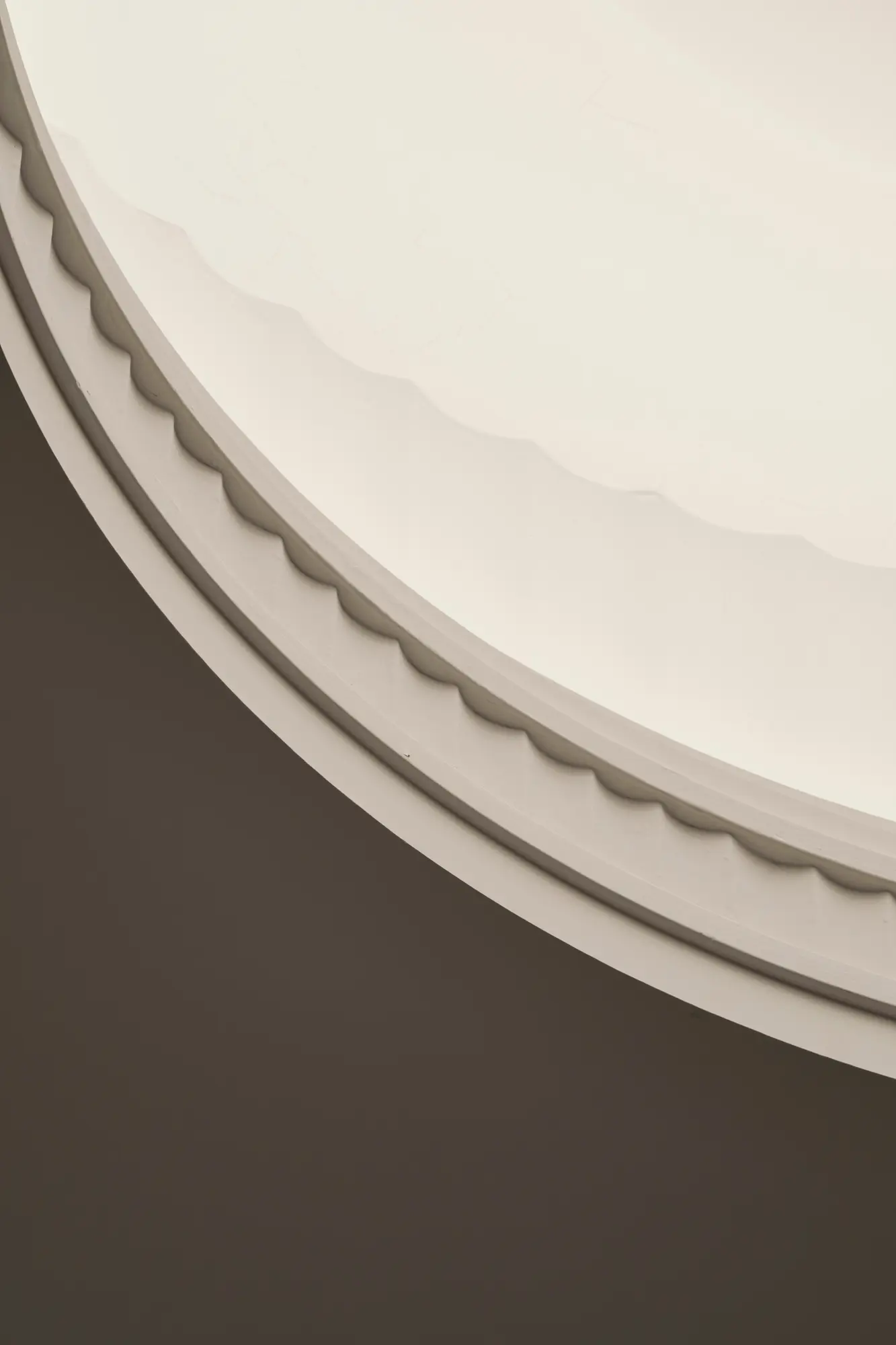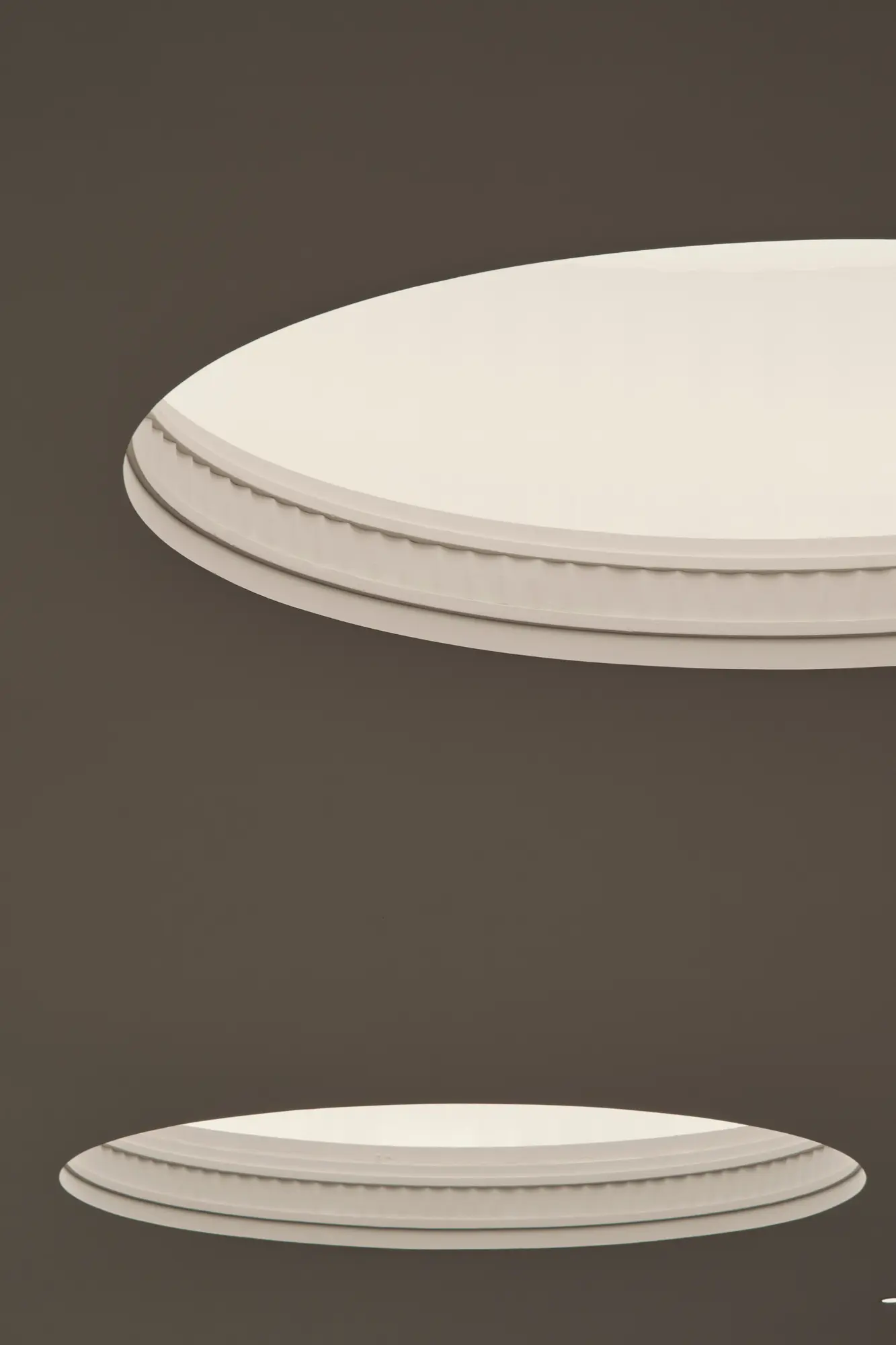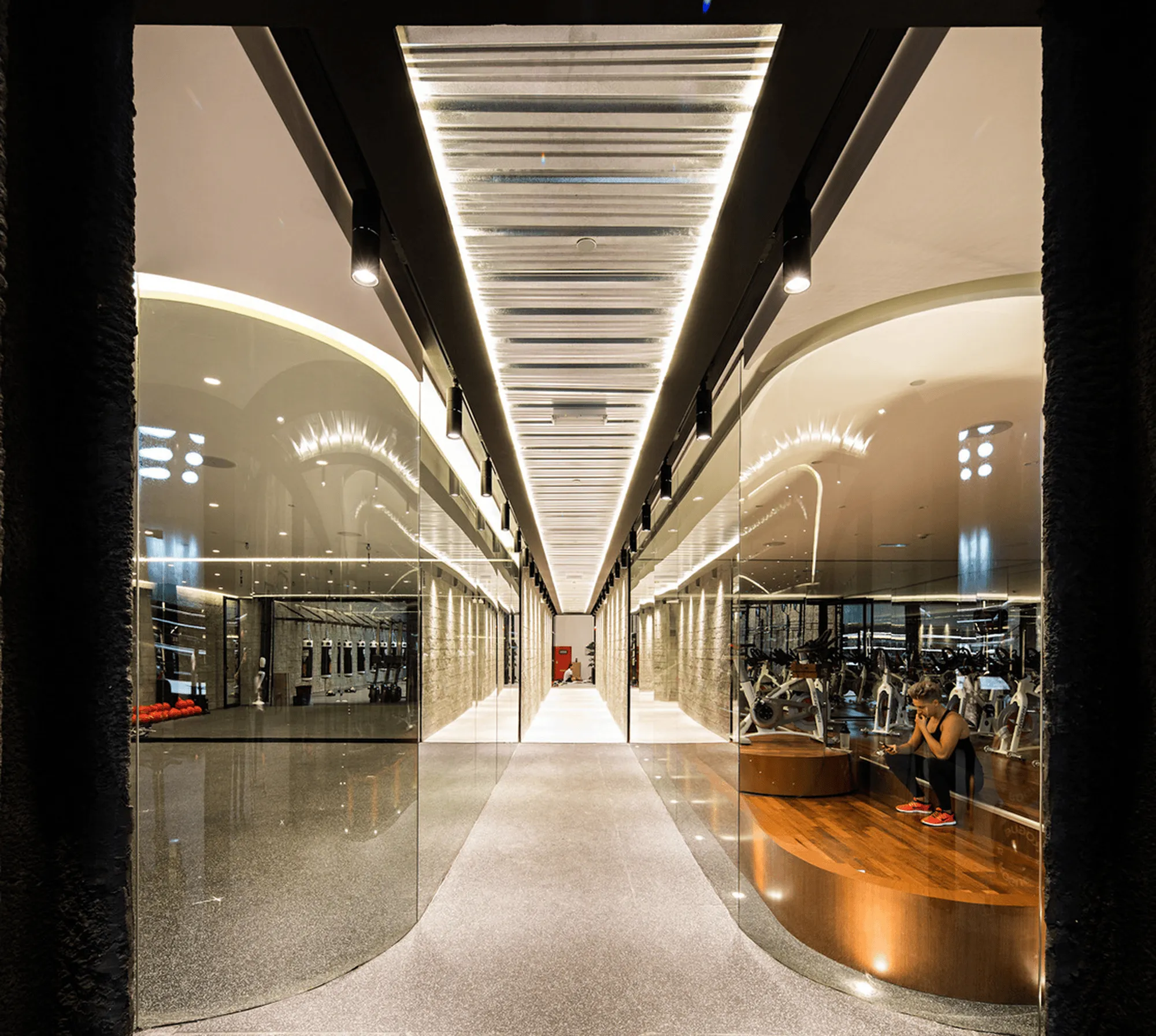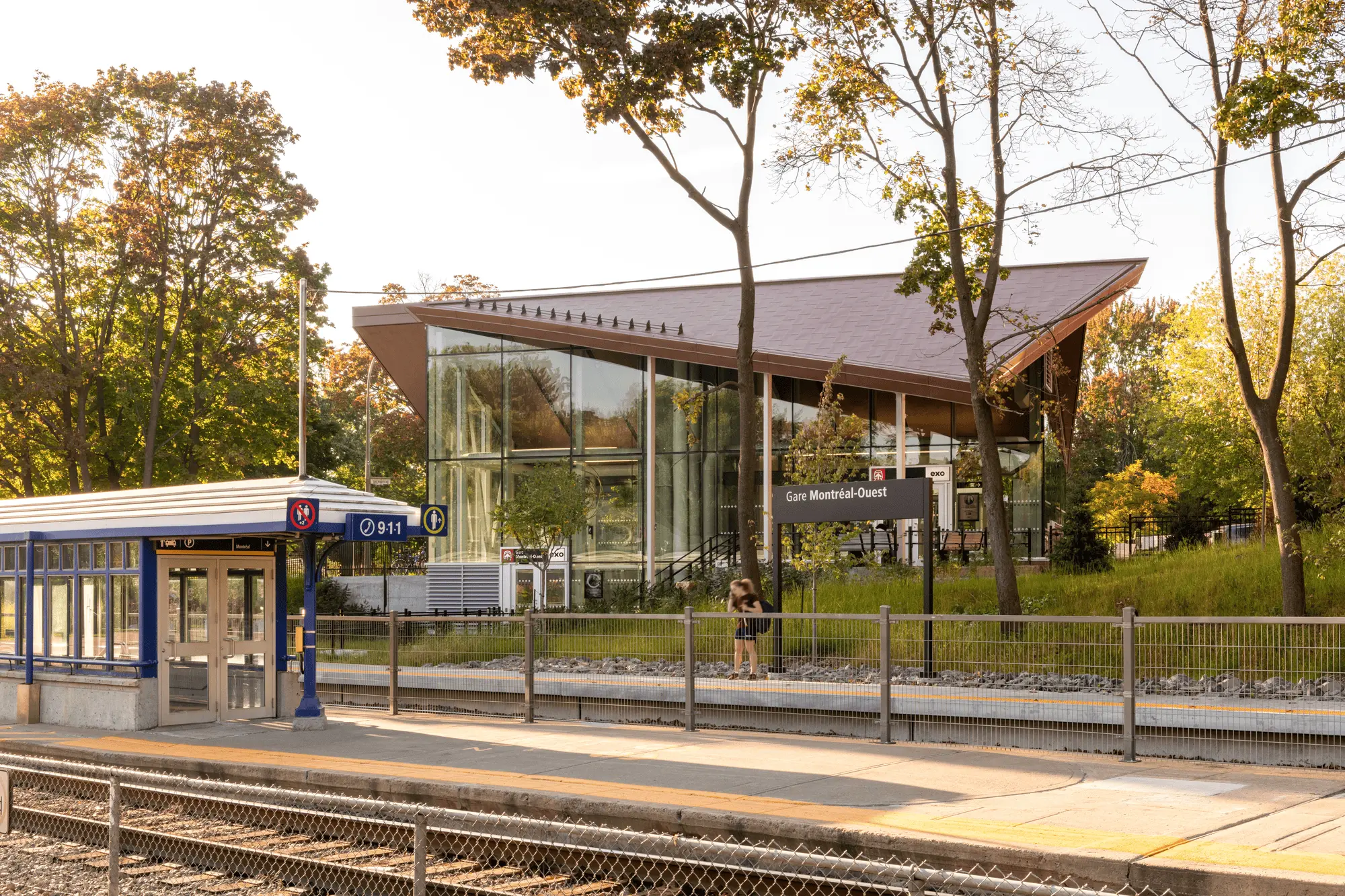The historic restaurant Le 9e, located on the top floor of Montreal’s former Eaton’s department store, has been meticulously rehabilitated by EVOQ Architecture, restoring its Art Deco grandeur to its former glory. This significant project involved a multidisciplinary team of specialists, preserving the restaurant’s original character while incorporating modern necessities.
The reopening of the Eaton Centre’s Le 9e is making headlines across Montreal. The restaurant, located on the top floor of the former Eaton’s department store dating back to 1925, was originally called L’Île-de-France, after the first-class dining room on the ocean liner of the same name. Its rehabilitation marks a significant step forward in the revitalization of downtown Montreal and celebrates the city’s cultural and architectural heritage. EVOQ Architecture is especially proud to have played an instrumental role in the rehabilitation of Le 9e, working in close collaboration with Ivanhoe Cambridge and the Quebec Government’s Ministry of Culture and Communications.
Preservation of an Art Deco jewel
After being closed for more than two decades, and then two additional years for rehabilitation work, the former Eaton’s department store restaurant on Saint Catherine Street is back. Classified as a historic monument in 2000, this Art Deco jewel—originally designed in 1931 by French architect Jacques Carlu—will once again grace Montreal’s architectural landscape.
Following its classification by Quebec’s Ministry of Culture and Communications, Le 9e’s owners, Ivanhoe Cambridge, sought EVOQ’s expertise to develop a conservation strategy for the space in anticipation of an eventual new use. At the end of this close collaboration, which began in 2001, Le 9e’s reopening as a vibrant restaurant and event venue required meticulously planned interventions to meet current health, safety, and user comfort standards. The carefully integrated modifications are practically invisible to the naked eye.
Between modernism and tradition
Reviving Carlu’s vision is at the heart of the conservation project. Based on period photographs and investigations performed on-site, each original component was carefully cleaned, repaired, or, in some cases, reproduced by specialized artisans. The goal was to highlight and preserve Le 9e’s rich character—at once traditional, modern, and exotic—qualities for which it has been cherished since 1931.
EVOQ assembled a multidisciplinary team of specialists to restore and rehabilitate Le 9e’s heritage interiors. After evaluating the existing condition of the building and its character-defining elements, the team developed a conservation strategy to restore the restaurant to its former glory, while preserving its immense heritage value.
Bringing history back to life
EVOQ’s architects were responsible for coordinating the large team of experts in art, furniture, and materials conservation; mechanical, electrical, and structural engineering; architectural lighting; food services; scenography and acoustics.
Historic components, such as the marble columns, plaster reliefs, frescoes, and alabaster urns, were meticulously restored. Where required, flooring and wall fabrics were also refinished and marble surfaces were repaired. Doors, trim, decorative grilles, railings, and lighting fixtures made of Monel, a distinctive metal used in the Art Deco period, were retained, even while the ventilation and electrical systems were upgraded. A detailed analysis of the multiple layers of existing paint in the main spaces also made it possible to restore the color palette of the 1930s. Along with reintegrating some of the original furniture, all of these measures were aimed at reinstating Jacques Carlu’s harmonious decorative scheme.
“It is an honour to have contributed to the recovery of what is a beloved and iconic interior space for Montrealers, one that can now also play a key role in revitalizing the city’s downtown core,” concludes Georges Drolet, architect and Managing Principal at EVOQ.
Project Information:
Architect: EVOQ Architecture, Location: Montreal, Canada, Year: 2024


